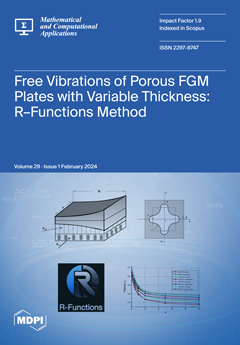Calcium (Ca
2+) and magnesium (Mg
2+) are essential for cellular function. The kidneys play an important role in maintaining the homeostasis of these cations. Their reabsorption along the nephron is dependent on distinct trans- and paracellular pathways and is coupled to the transport of other electrolytes. Notably, sodium (Na
+) transport establishes an electrochemical gradient to drive Ca
2+ and Mg
2+ reabsorption. Consequently, alterations in renal Na
+ handling, under pathophysiological conditions or pharmacological manipulations, can have major effects on Ca
2+ and Mg
2+ transport. One such condition is the administration of diuretics, which are used to treat a large range of clinical conditions, but most commonly for the management of blood pressure and fluid balance. While the pharmacological targets of diuretics typically directly mediate Na
+ transport, they also indirectly affect renal Ca
2+ and Mg
2+ handling through alterations in the electrochemical gradient. To investigate renal Ca
2+ and Mg
2 handling and how those processes are affected by diuretic treatment, we have developed computational models of electrolyte transport along the nephrons. Model simulations indicate that along the proximal tubule and thick ascending limb, the transport of Ca
2+ and Mg
2+ occurs in parallel with Na
+, but those processes are dissociated along the distal convoluted tubule. We also simulated the effects of acute administration of loop, thiazide, and K-sparing diuretics. The model predicted significantly increased Ca
2+ and Mg
2+ excretions and significantly decreased Ca
2+ and Mg
2+ excretions on treatment with loop and K-sparing diuretics, respectively. Treatment with thiazide diuretics significantly decreased Ca
2+ excretion, but there was no significant alteration in Mg
2+ excretion. The present models can be used to conduct in silico studies on how the kidney adapts to alterations in Ca
2+ and Mg
2+ homeostasis during various physiological and pathophysiological conditions, such as pregnancy, diabetes, and chronic kidney disease.
Full article





